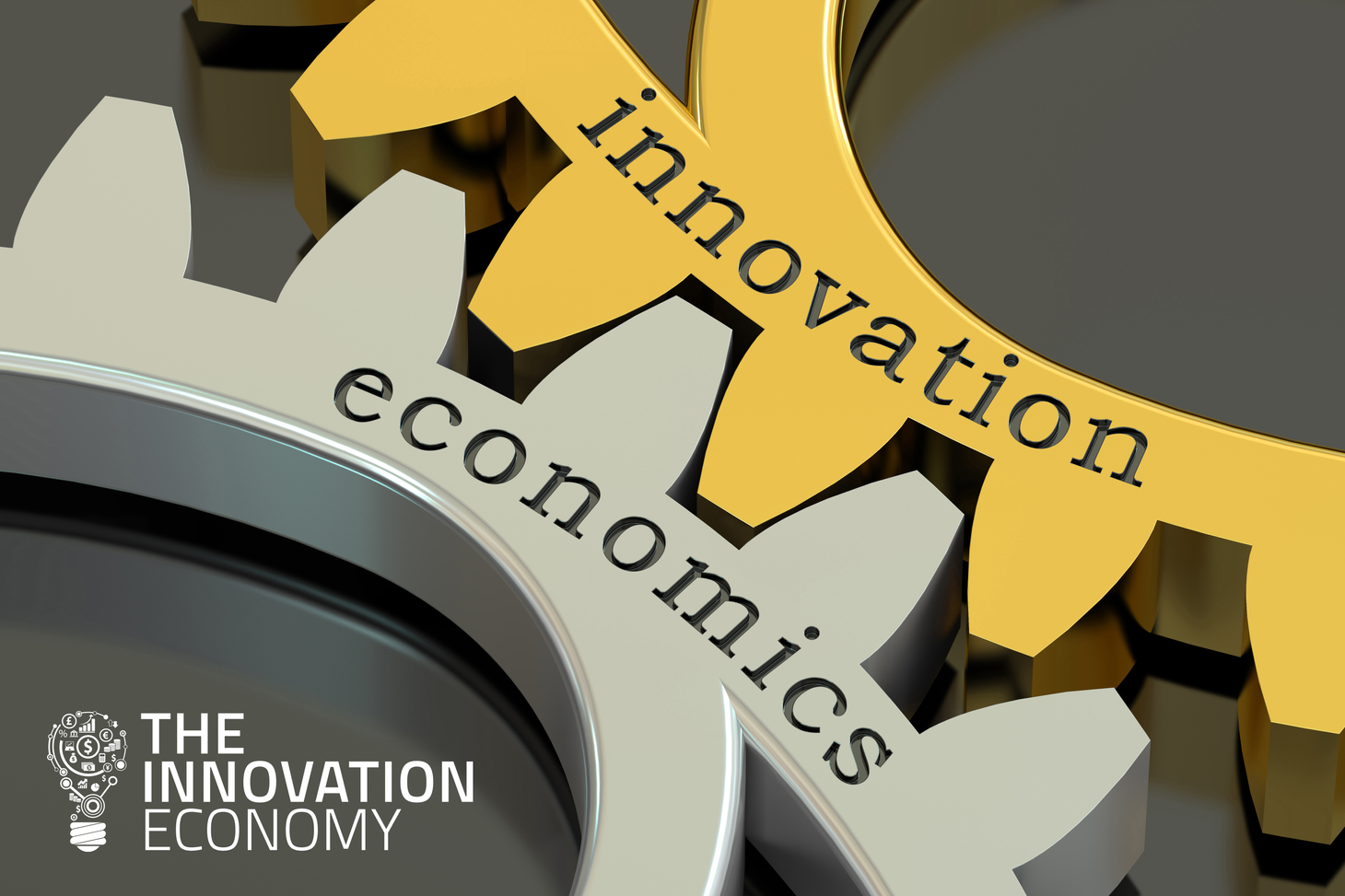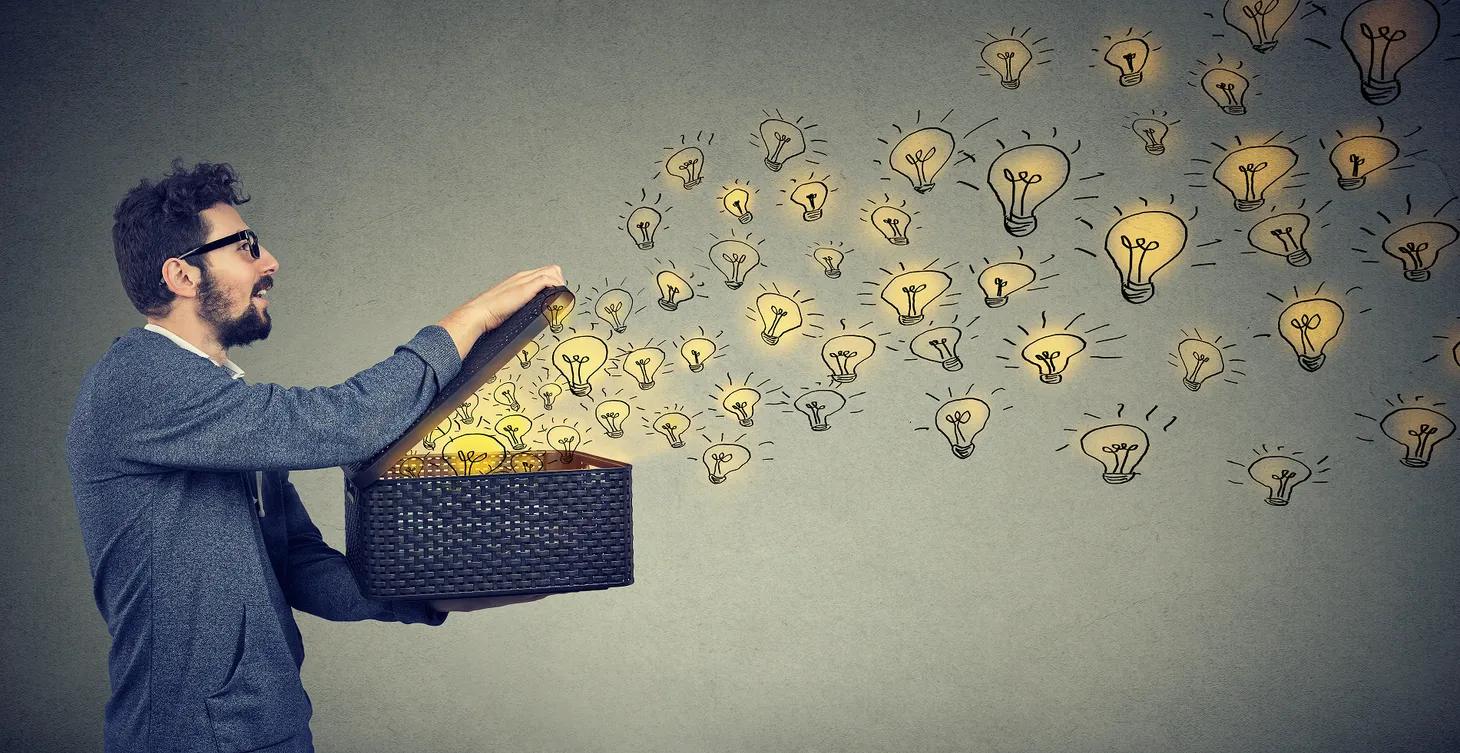The Economics of Innovation: Valuing Innovation as an Intangible Asset
The Austrian-born American economist, writer, and business consultant Peter Drucker wrote these words almost a half-century ago, and they still ring true today. Drucker had his finger on the pulse of corporate evolution and lived to see the truth of his words play out in global economic trends. “Alt

‘ The great challenge to management today is to make productive the tremendous new resource, the knowledge worker. This, rather than the productivity of the manual worker, is the key to economic growth and economic performance in today's society.'
Peter Drucker, management writer (1909 - 2005) Concept of the Corporation (1964) as quoted in The Economist
The Austrian-born American economist, writer, and business consultant Peter Drucker wrote these words almost a half-century ago, and they still ring true today. Drucker had his finger on the pulse of corporate evolution and lived to see the truth of his words play out in global economic trends. “Although the pace may differ,” the OECD stated in 1996, “all [rich] economies are moving towards a knowledge-based economy.”
Twenty years since that statement, investment in knowledge-based capital and intangible assets in the S&P 500 has seen a steady climb from 17% in 1975 to 87% in 2015. While many businesses have learned to capitalize on these assets, some economists warn that investing in intangibles is risky and that we will see a natural “rebalancing” toward tangible assets in the future.
These shifting trends in business assets may be fear-provoking to the squeamish investor but wildly inspiring for the innovative economist. Which one are you?
How Did We Get Here?: New Ways to Measure the Immeasurable Economics of Innovation
The economics of innovation has always been the driving force behind economic growth and financial success. As Adam Smith said of innovation in his timeless tome, The Wealth of Nations:
“The natural effort of every individual to better his own condition…is so powerful, that it is alone, and without any assistance, not only capable of carrying on the society to wealth and prosperity but of surmounting a hundred impertinent obstructions…”
It is one thing to agree that knowledge is an asset and quite another to measure the net worth of an idea. “Knowledge assets or capital” and “intellectual assets or capital” are synonymous with the concept of “intangible assets.” These terms describe an idea, a quality, a “je ne sais quoi” that contributes real value to the bottom line. For example, R&D does not directly produce a tangible product, but it is now counted as an asset that drives innovation, contributing to a company's competitive edge.
In fact, the goal of the Federal Reserve and other global economic organizations is to encourage innovation by getting a real measurement for how much intangible assets already contribute to economic growth. This priceless commodity is even termed “knowledge creation” when referring to education, training, organizational and management efficiency, and market development. According to this study, “Such expenditures—collectively called intangibles—are strategic investments in the long-run growth of individual companies and of the economy.”
Market value is more a measure of intangible assets than real, financial, or tangible assets; They trade stocks based on perception and a prediction of financial and economic viability—which, interestingly enough, is one reliable way to measure the intangible assets of a company.
The OECD announced in 2012 that brand recognition, copyrights, trademarks, and digital assets like software and databases have also been added to the balance sheet of “intangible assets.”
Re-Diversifying Your Investment Portfolio
While the S&P 500 is presently dominated by investments in intangible assets, some economists warn of a natural rebalancing toward tangibles. Investopedia recommends diversifying with a healthy blend of tangible (which includes real and financial assets) and intangible assets in every portfolio.
Obviously, for a business, this means acquiring and maintaining the tools of your trade. Be it computers, manufacturing materials, a physical warehouse, or office space, keeping the balance sheet in the black and encouraging knowledge creation, innovation, and the growth of other intangible assets is imperative to your business’s long-term success.
Why The Economics of Innovation Keeps You at the Top of Your Market
Don't let investment in intangibles be an afterthought. Let it be the driving force behind your company's success. As stated by The Innovation Policy Platform:
“Sustained competitive advantage is increasingly based on innovation, which in turn is driven in large part by investments in different forms of knowledge-based capital (KBC)”
The impetus for R&D, marketing strategies, brand building, networking, and technological evolution has always been (and will always be) innovation. Innovation starts with a simple curiosity: how can we do this better? And, if given the proper time and space to develop, this curiosity will lead to fascinating, even revolutionary, discoveries that not only push you to the top of your market but become part of the legacy of your business.
Investing in innovation may look like taking a break from productivity or slacking on profit growth. In the short term, this may be true. But study after study reminds us that the economics of innovation pays dividends historically and moves into the future.
Understanding how to integrate the need for continued innovation into company policy and actually making it a reality is your first innovation. Also, because dedicating time, space, and resources to innovation is an investment, you will need to decide how to measure this as an asset, rather than a liability.
Following the Inevitable Shift From Intangible to Tangible Assets
So, how do we find a balance between tangible and intangible assets that drives both core business objectives and innovation? How do we begin to measure the true value of innovation and knowledge in a business? And if it is true that “we are likely to see a slight rebalancing toward tangible assets in the coming decade,” what does that mean for the economics of innovation?
With a rebalancing of assets, we'll see that tangible assets are more closely tied to intangible assets. The more we learn to value intangible assets, the more we will appreciate knowledge creation as the source of tangible products—and not the other way around.
Innovation is like evolution: it never stops, it only changes course. Where will these shifting trends in business assets lead to the future of innovation? That answer is up to you.
To learn more about how you can join the new innovation economy, check out how the team can help.
Phil McKinney Newsletter
Join the newsletter to receive the latest updates in your inbox.




